Bankruptcy
Here’s how Bitcoin reserves have changed since FTX collapse
Published
5 months agoon
By
admin
November marks two years since the FTX exchange went bankrupt. Since then, major crypto exchanges have seen their Bitcoin reserves grow.
FTX’s inability to maintain sufficient reserves to meet user requests exposed severe flaws in its controls. It also highlighted the need for greater transparency and reliable reserve reporting among all crypto exchanges.
Observers have grown keenly aware of the risks that exchanges face when they lack sufficient reserves. If they cannot meet withdrawal requests, it undermines user confidence and puts them at risk of losing funds. Maintaining adequate reserves is critical for liquidity and order execution, especially during volatile periods.
In light of this trend, CryptoQuant shared with crypto.news a study on the state of exchange proof-of-reserves (PoR).
How has crypto changed post-FTX?
FTX‘s collapse in November 2022 was one of the most significant and dramatic events in the crypto industry’s history. This incident undermined investor confidence and caused profound changes in the crypto market’s structure and functioning.
At the time, the price of Bitcoin (BTC) and other major cryptocurrencies fell, reflecting fear and distrust of institutional players in the market. Many investors began to doubt the safety and stability of crypto and, as a result, decided to leave the market completely.
Attention toward security issues became even more urgent. Many crypto exchanges and projects have begun implementing new measures to protect users’ funds, including two-factor authentication, monitoring systems, and analyzing transactions for suspicious activity.
New security standards have emerged, as well as solutions to prevent the loss of funds in case of hacks or fraudulent activities. Among others, the PoR standard has emerged — a mechanism cryptocurrency exchanges use to publicly demonstrate that they have enough assets in reserve to cover all user balances.
“PoR fosters trust and transparency, as it allows users to confirm that an exchange has not over-leveraged or mismanaged their assets, which has become particularly crucial following high-profile exchange collapses in the industry.”
CryptoQuant
Major exchanges record Bitcoin outflow
Among the major exchanges with the most prominent Bitcoin reserves, only Coinbase does not publish PoR reports. Experts note that the other major exchanges periodically provide such reports with varying degrees of transparency.
Binance’s reserve increased by 28,000 BTC, or 5%, reaching 611,000, despite the pressure from the U.S. authorities in 2023. Among the major exchanges, Binance also shows the most minor reserve decrease over the entire period, not exceeding 16%.
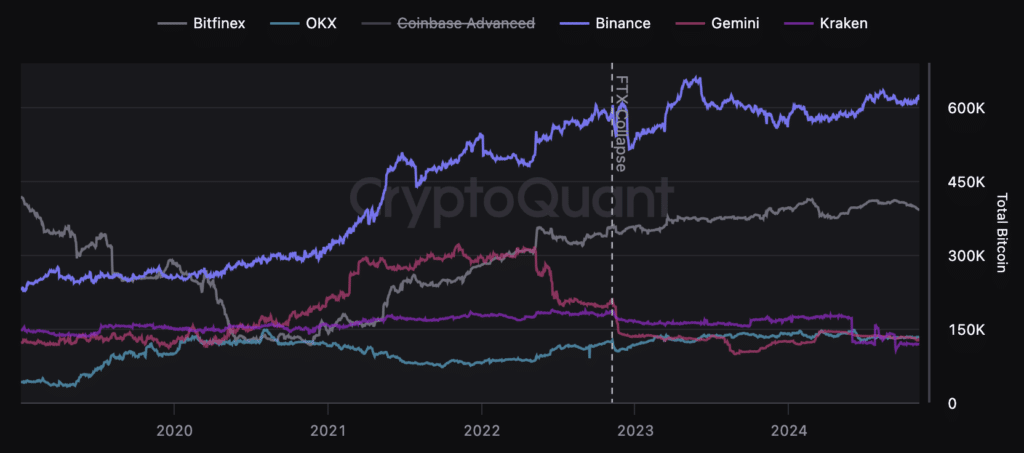
Three key exchanges hold 75% of all Bitcoins held by exchanges. These are Coinbase Advanced, with 830,000 BTC, Binance with 615,000, and Bitfinex, which has 395,000 Bitcoins.
Together, the reserves of these platforms reach 1.836 million BTC, which is 9.3% of the total amount of Bitcoins in circulation. The remaining 17 exchanges hold a total of 684,000 BTC.
Reserves landing
Currently, Binance, Bitfinex, and OKX show small decreases in reserves. At the same time, Binance appears to be the only exchange that has not experienced significant drawdowns in its history.
Analyzing exchange reserves based on tracking their changes allows us to assess their ability to meet user demands over time.
Significant declines may indicate that users are massively withdrawing their funds, indicating a decrease in trust or financial problems.
The most significant decline in Binance’s reserves was 15%, which occurred in December 2022, shortly after the FTX crash. At the time, Binance faced considerable criticism and distrust over its reserve report.
However, Binance’s reserves have recovered and are currently down only 7%. Other significant exchanges have also seen slight declines, with Bitfinex down 5% and OKX down 11%.
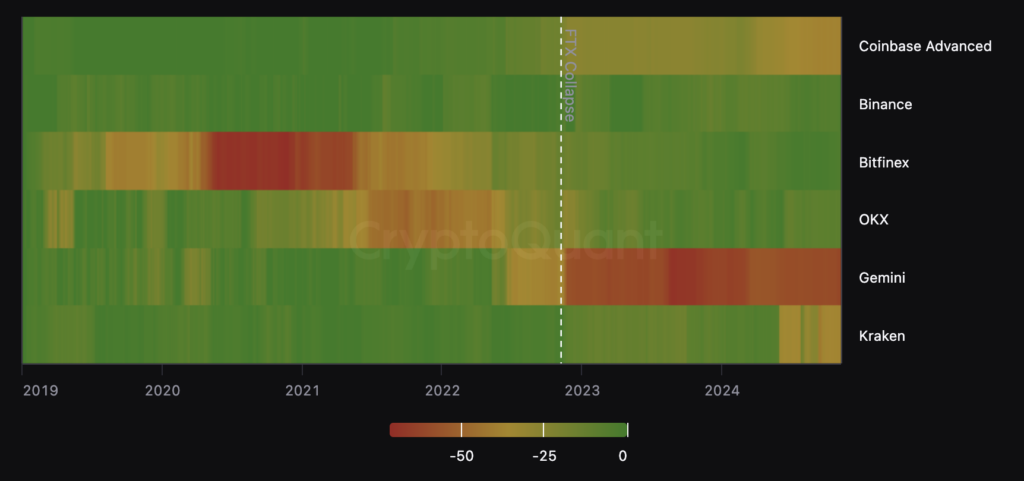
While industry leaders like Binance and Bitfinex have managed to shore up their reserves since the FTX crash, the situation is still tense. The failure of some major players like Coinbase to publish PoR reports suggests that the road to full transparency is still far off. But the current reserve dynamics indicate a desire to improve and increase users’ trust.
The expert, in a comment to crypto.news, emphasized that the bankruptcy of FTX underscored the need for crypto exchanges to prove that they have enough reserves.
“This event led to a shift where users prefer exchanges that show proof of their assets on-chain. This pushed the industry to adopt PoR practices, helping rebuild trust and ensure exchanges can back up their users’ funds.”
Nick Pitto, head of marketing at CryptoQuant
Source link
You may like


AVAX Falls 2.1% as Nearly All Assets Trade Lower


What is a VTuber, and how do you become one in 2025?


Top Expert’s Update Sets $10 Target


How Academia Interacts With The Bitcoin Ecosystem


AB DAO and Bitget Launch Dual Reward Campaign, Distributing $2.6M Worth of $AB Globally


AI crypto tokens at risk as Nvidia faces restrictions on China exports
Bankruptcy
FTX to Begin $11.4B Creditor Payouts in May After Years-Long Bankruptcy Battle
Published
3 weeks agoon
March 29, 2025By
admin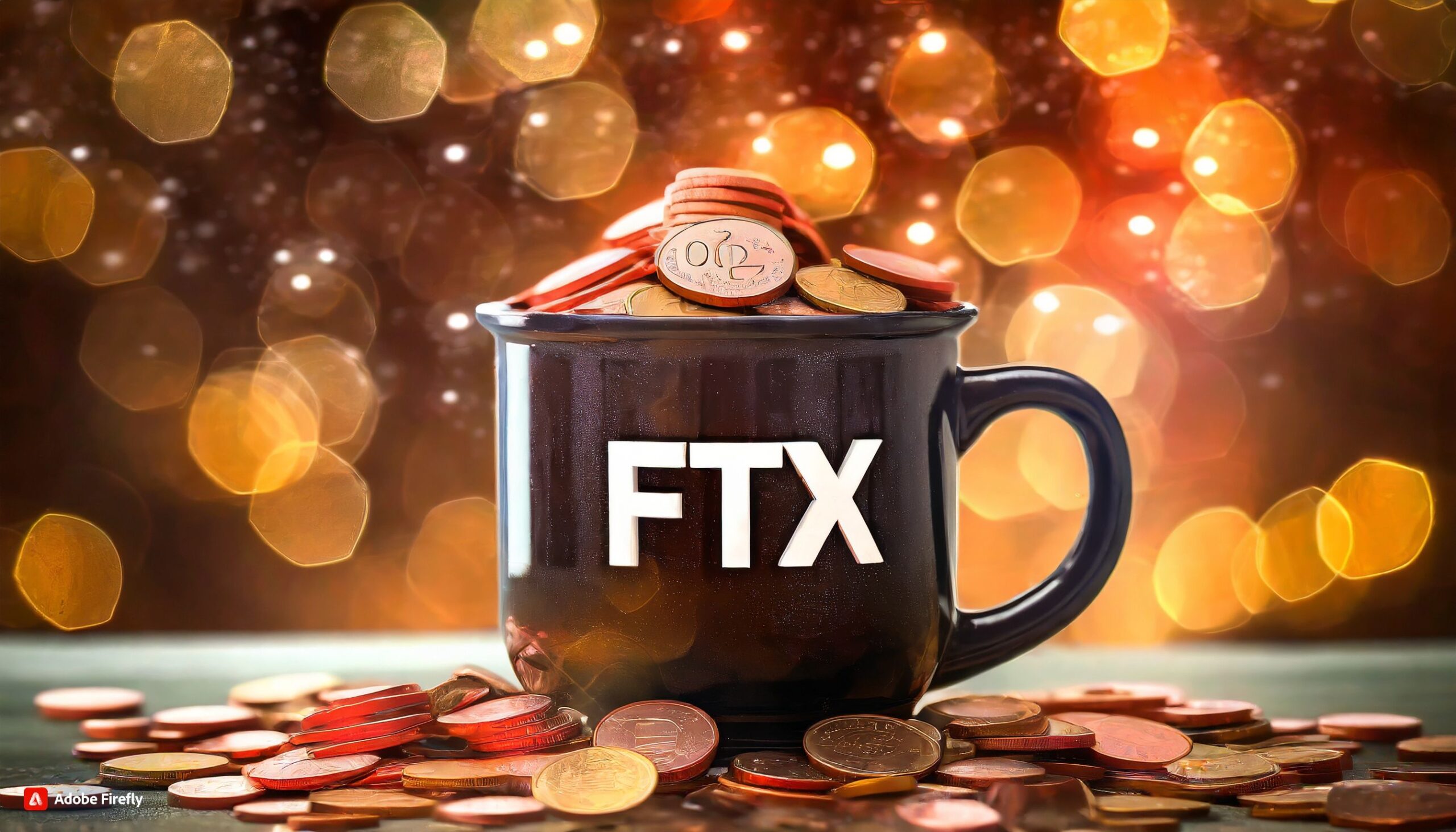
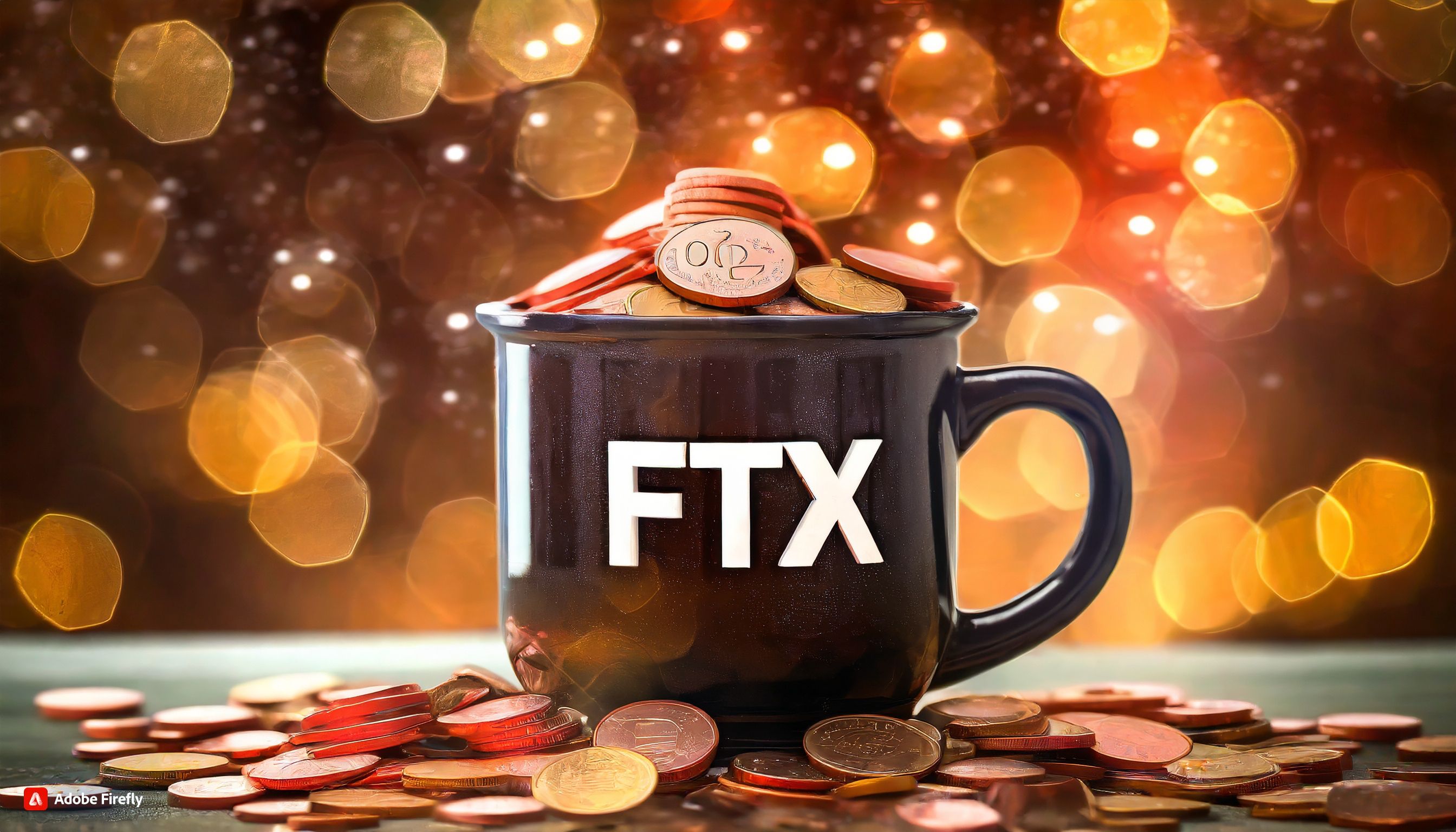
FTX, the collapsed cryptocurrency exchange once helmed by Sam Bankman-Fried, plans to begin paying its main creditors at the end of May, Bloomberg reported based on court proceedings in Delaware this week.
The company has gathered $11.4 billion in cash to distribute to thousands of parties affected by its 2022 bankruptcy, with the first payments to major creditors set for May 30.
These include institutional investors and firms that held crypto on FTX’s platform. Smaller creditors with claims below the $50,000 mark have already begun receiving distributions.
FTX’s collapse left a financial crater and a trail of frustrated creditors—many of whom expected to be repaid in crypto, not dollars. Since the bankruptcy, the price of bitcoin has more than quadrupled, intensifying frustrations among those waiting for their assets back.
The task of unwinding FTX’s balance sheet has been slowed by a large number of claims, many of them reportedly questionable. Andrew Dietderich, a bankruptcy attorney for the firm, told the court that FTX has received “27 quintillion” claims, Blloomberg reported, many of which are duplicates or outright fraudulent.
Interest payments are compounding the urgency. While FTX earns only a modest return on its cash, legitimate creditors are entitled to 9% interest annually on unpaid claims. The longer it takes to pay, the more the company could owe.
Read more: Nearly All FTX Creditors Will Get 118% of Their Funds Back in Cash, Estate Says in New Plan
Source link
Bankruptcy
The FTX Co-Founder Proved Assistance to the US Authorities
Published
5 months agoon
November 14, 2024By
admin

FTX co-founder Gary Wang, convicted of misusing funds at a fictitious crypto exchange, may face punishment after his case goes to trial.
On Nov. 13, prosecutors in the U.S. District Court for the Southern District of New York filed a brief alleging that Wang provided significant assistance in the investigation of crimes related to FTX, as well as in the prosecution of Sam Bankman-Fried and several other cases.
The government’s attorneys noted the importance of Wang’s testimony at the trial of Bankman-Fried, who was sentenced to 25 years. They also suggested that if Judge Lewis Kaplan decides to sentence Wang, he could develop a tool to identify potential illegal activities in the crypto market. Prosecutors noted that Wang’s testimony was truthful and corroborated by other evidence.
“Wang has also provided substantial assistance – and in the process taken steps to right past wrongs – by putting his extraordinary computer programing skills to use in detecting potential fraud in the stock and cryptocurrency markets.”
Court filing
Wang, who pleaded guilty to wire fraud, commodities fraud, and securities fraud in December 2022, is awaiting final sentencing on Nov. 20.
Is the FTX story nearing its end?
The latest updates would make Wang the fifth and final FTX or Alameda Research executive to face sentencing. Bankman-Fried was the only one to plead not guilty. In contrast, former Alameda CEO Caroline Ellison and FTX Digital Markets co-CEO Ryan Salame pleaded guilty. All of them are currently serving federal prison sentences.
However, the Bankman-Fried case has continued to see new details and court cases emerge, even as the founder of one of the world’s once-largest exchanges is serving his time in prison.
Meanwhile, Bankman-Fried’s assets are under threat
Earlier, U.S. prosecutors filed a lawsuit seeking to seize cryptocurrency, which they say Bankman-Fried used to bribe Chinese officials.
The lawsuit, filed on Nov. 12 in New York District Court, alleges that a Binance account, then worth about $8.6 million but later growing to about $18.5 million, was used to launder money related to bribes before FTX collapsed in late 2022.
Prosecutors noted that in 2021, Chinese authorities froze two Alameda Research accounts on Chinese exchanges that held $1 billion in cryptocurrency. Later, on Nov. 16, 2021, Bankman-Fried was recorded transferring $40 million to a personal wallet, after which the Alameda accounts were unfrozen. Prosecutors allege that Bankman-Fried initiated additional transactions worth tens of millions of dollars in cryptocurrency to complete the bribe.
“As a result of the Investigation, the Government learned that on or about November 16, 2021, at Bankman-Fried’s direction, approximately 40 million USDT (the “Bribe Payment”) was transferred from an Alameda cryptocurrency wallet hosted by FTX.”
Court filing
The account contained five linked deposit accounts, obscuring the origin of the bribe funds. They described a “flood” of deposits and withdrawals from the account and regular transfers of Bitcoin (BTC) and stablecoins to five wallets. Ellison testified that the total amount of bribes was about $150 million.
Bankman-Fried was initially charged with additional charges related to financial fraud and bribery of foreign officials, which were later dropped. On Sept. 13, his defense team filed an appeal, arguing that Bankman-Fried’s trial was unfair.
Meanwhile, the new FTX management is bombarded with lawsuits
FTX’s new management, meanwhile, is once again preparing lawsuits and demanding money. This time from Binance.
FTX bankruptcy trustees have filed a lawsuit against Binance and its former CEO, Changpeng Zhao, demanding a return of about $1.8 billion. The plaintiffs claim that Binance obtained the funds in a fraudulent transaction in 2021.
According to court documents, FTX and its trading subsidiary Alameda Research were probably insolvent from the start and were certainly insolvent on their balance sheets by early 2021. Therefore, the plaintiffs allege that the share buyback deal was fraudulent.
The lawsuit is one of many filed by FTX and Alameda against their former investors, affiliates, and customers as part of the bankruptcy case. On Nov. 9, the companies filed 23 lawsuits. Among them are claims against U.S. exchange Crypto.com and the political group FWD.US founded by Mark Zuckerberg.
FTX has also filed claims against Anthony Scaramucci and his hedge fund, SkyBridge Capital. The exchange’s lawyers claim that in 2022, Bankman-Fried invested $67 million in various SkyBridge projects since Scaramucci was “seeking financial assistance.” However, these investments “brought virtually no benefit,” the plaintiffs say. According to court documents, FTX is now trying to recover more than $100 million in damages from the company.
Alameda has also filed a lawsuit against Sasha Ivanov, the founder of the Waves blockchain. The company intends to return the $90 million invested in Vires Finance. This liquidity platform then operated on Waves.
“To divert attention from his involvement in the fraud, Ivanov attempted to publicly blame Alameda for destabilizing the Waves ecosystem, tweeting that Alameda had manipulated the WAVES price and organized FUD (“Fear, Uncertainty, and Doubt”) campaigns to trigger panic selling.”
Alameda lawsuit
And what’s next?
In general, the history of the FTX and exchange executives are two different stories. While the platform executives serve their sentences, FTX creditors are frantically trying to return the money they wasted.
The debt to creditors is about $11.2 billion, and the funds available to cover the debt is $14.6-16.3 billion.
Thus, there is very little time left before the end of the scandalous exchange story – to decide on punishment for Wang and repay everyone’s debts.
Source link

AVAX Falls 2.1% as Nearly All Assets Trade Lower

What is a VTuber, and how do you become one in 2025?

Top Expert’s Update Sets $10 Target

How Academia Interacts With The Bitcoin Ecosystem

AB DAO and Bitget Launch Dual Reward Campaign, Distributing $2.6M Worth of $AB Globally

AI crypto tokens at risk as Nvidia faces restrictions on China exports

Coinbase Urges Australia to Vote for Crypto Progress in May

How High Would Pi Network Price Go If Pi Coin Adopts Transparency to Avoid Mantra Pitfalls

XRP’s ‘Rising Wedge’ Breakdown Puts Focus on $1.6 Price Support

China selling seized crypto to top up coffers as economy slows: Report

Ethereum Price Dips Again—Time to Panic or Opportunity to Buy?

The Inverse Of Clown World”

Bitcoin Indicator Flashing Bullish for First Time in 18 Weeks, Says Analyst Who Called May 2021 Crypto Collapse

3iQ and Figment to launch North America’s first Solana staking ETF

Bitcoin Miners Are Selling More BTC to Make Ends Meet: CryptoQuant

Arthur Hayes, Murad’s Prediction For Meme Coins, AI & DeFi Coins For 2025

Expert Sees Bitcoin Dipping To $50K While Bullish Signs Persist

Aptos Leverages Chainlink To Enhance Scalability and Data Access

Bitcoin Could Rally to $80,000 on the Eve of US Elections

Crypto’s Big Trump Gamble Is Risky

Sonic Now ‘Golden Standard’ of Layer-2s After Scaling Transactions to 16,000+ per Second, Says Andre Cronje

Institutional Investors Go All In on Crypto as 57% Plan to Boost Allocations as Bull Run Heats Up, Sygnum Survey Reveals

Ripple-SEC Case Ends, But These 3 Rivals Could Jump 500x

3 Voting Polls Show Why Ripple’s XRP Price Could Hit $10 Soon

Has The Bitcoin Price Already Peaked?

A16z-backed Espresso announces mainnet launch of core product

The Future of Bitcoin: Scaling, Institutional Adoption, and Strategic Reserves with Rich Rines

Xmas Altcoin Rally Insights by BNM Agent I

Blockchain groups challenge new broker reporting rule

I’m Grateful for Trump’s Embrace of Bitcoin
Trending

 24/7 Cryptocurrency News5 months ago
24/7 Cryptocurrency News5 months agoArthur Hayes, Murad’s Prediction For Meme Coins, AI & DeFi Coins For 2025
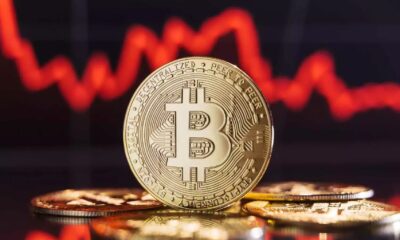
 Bitcoin3 months ago
Bitcoin3 months agoExpert Sees Bitcoin Dipping To $50K While Bullish Signs Persist
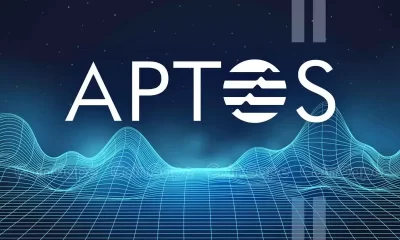
 24/7 Cryptocurrency News3 months ago
24/7 Cryptocurrency News3 months agoAptos Leverages Chainlink To Enhance Scalability and Data Access
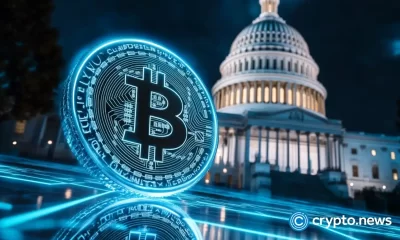
 Bitcoin5 months ago
Bitcoin5 months agoBitcoin Could Rally to $80,000 on the Eve of US Elections

 Opinion5 months ago
Opinion5 months agoCrypto’s Big Trump Gamble Is Risky

 Altcoins3 months ago
Altcoins3 months agoSonic Now ‘Golden Standard’ of Layer-2s After Scaling Transactions to 16,000+ per Second, Says Andre Cronje

 Bitcoin5 months ago
Bitcoin5 months agoInstitutional Investors Go All In on Crypto as 57% Plan to Boost Allocations as Bull Run Heats Up, Sygnum Survey Reveals
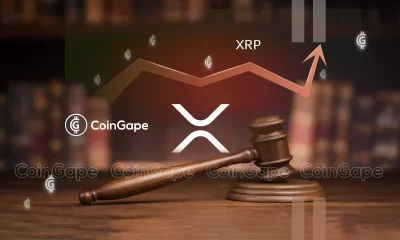
 Price analysis5 months ago
Price analysis5 months agoRipple-SEC Case Ends, But These 3 Rivals Could Jump 500x


